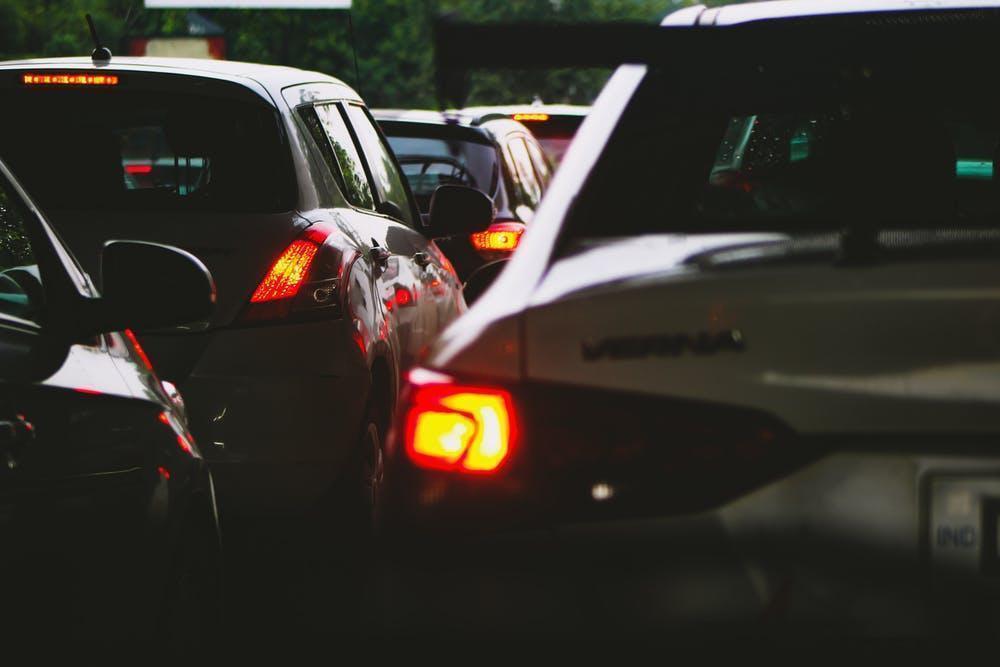It remains to be seen whether the global pandemic and the shift to remote work have permanently slammed the brakes on morning and evening rush hours. If the daily commute ever returns, one innovation made possible by vehicle-to-everything (V2X) technology could be the rise of the smart intersection.
Smart traffic management systems are projected to save cities a whopping $277 billion over the next four years by reducing emissions and traffic congestion, according to U.K.-based Juniper Research.
Smart intersection and related technologies are expected to reduce time stuck in traffic by 33 hours per year per motorist by 2025 — a 64 percent improvement in traffic flow and potential road rage.
Along with V2X, smart intersection technologies will leverage 5G interconnectivity along with AI-based automation. Unlike current sensor-based systems, that combination will help manage traffic flows using real-time data.
Those innovations are expected to eventually replace traffic sensors — including inductive-loop detectors embedded in pavement along with infrared and microwave sensors and video cameras. All have largely proven ineffective in reducing those long lines of brake lights.
The market researcher reckons more than 95 percent of the projected $277 billion in savings (rising from $178 billion this year) will be directly attributable to reduced traffic congestion. The European and North American markets are expected to accounted for 75 percent of those savings during the forecast period.
The wild card could be the booming Chinese market, which has rebounded much faster from the pandemic than western countries. Beijing’s series of ring roads, for example, are notorious rush-hour parking lots, and are therefore a prime candidate for advanced traffic management systems.
Attempts at adding lane capacity tend to result in simply adding more vehicles while doing little to relieve congestion. Hence, market trackers argue that smart traffic infrastructure like V2X is a more cost-effective approach than wider roads. By collecting and disseminating data on what’s up the road, “V2X connectivity will enable smart traffic management platforms to gather data directly from vehicles, rather than relying on traditional traffic actuation methods,” Juniper Research concludes.
Unclogging city streets also will require collaboration among automakers and the V2X system providers on other emerging services like smart parking. Investments in technologies designed to help drivers find a parking space are expected to jump from $460 million this year to $1 billion by 2025.
Those investments include displays that provide real-time data on available city parking along with connectivity between parking sensors, management platforms and harried commuters.
Something to think while waiting for those interminable series of red lights to change.
